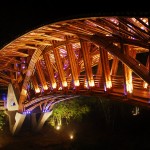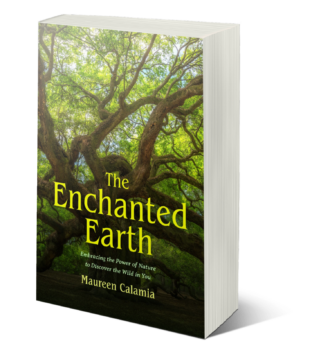 So much attention has been given to green design in the last decade. And wonderful that it is, we might be missing the boat a bit. Green design promotes what is called "low environmental impact design." It's ever-evolving guidelines seek to reduce dependence on fossil fuels and the earth's resources, while also reducing waste and pollution. "What's wrong with that?" you might say. Nothing. In fact, it is absolutely what we need to do.
So much attention has been given to green design in the last decade. And wonderful that it is, we might be missing the boat a bit. Green design promotes what is called "low environmental impact design." It's ever-evolving guidelines seek to reduce dependence on fossil fuels and the earth's resources, while also reducing waste and pollution. "What's wrong with that?" you might say. Nothing. In fact, it is absolutely what we need to do.
But something is missing: the human element. (I just have a love/hate relationship with those Dow Chemical commercials that talk about "the human element" as if the well-being of humanity is utmost on their minds. What a PR program – making it seem that their thousands of chemicals are making this earth a better place! But I digress….)
Restorative environmental design, aka biophilic design, on the other hand, provides a more holistic approach to the design of buildings and environments. It marries green design principles with an approach that seeks to connect nature and humanity. Two basic guideline are organic design and vernacular design.
Organic design (aka natural design) brings in elements of the natural world through shape, form, color, materials and texture. Vernacular design (aka place-based design) connects local culture, history, and ecology within the built environment.
Restorative environmental design not only places a high cost on the environment but also on the human experience of that environment. Buildings that nourish the spirit of man – physical, emotional and spiritual experience. Places for well-being can improve our lives at home and work.
And feng shui, developed over 4000 years ago, is the original movement that sought to connect and nourish man with his environment.

